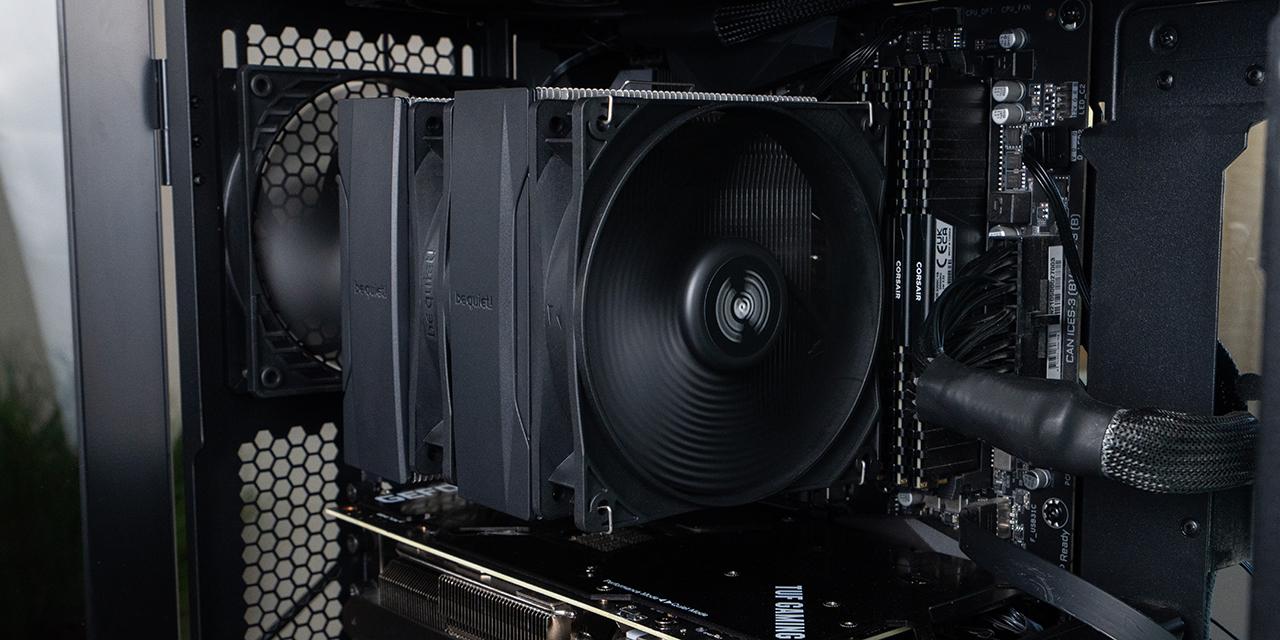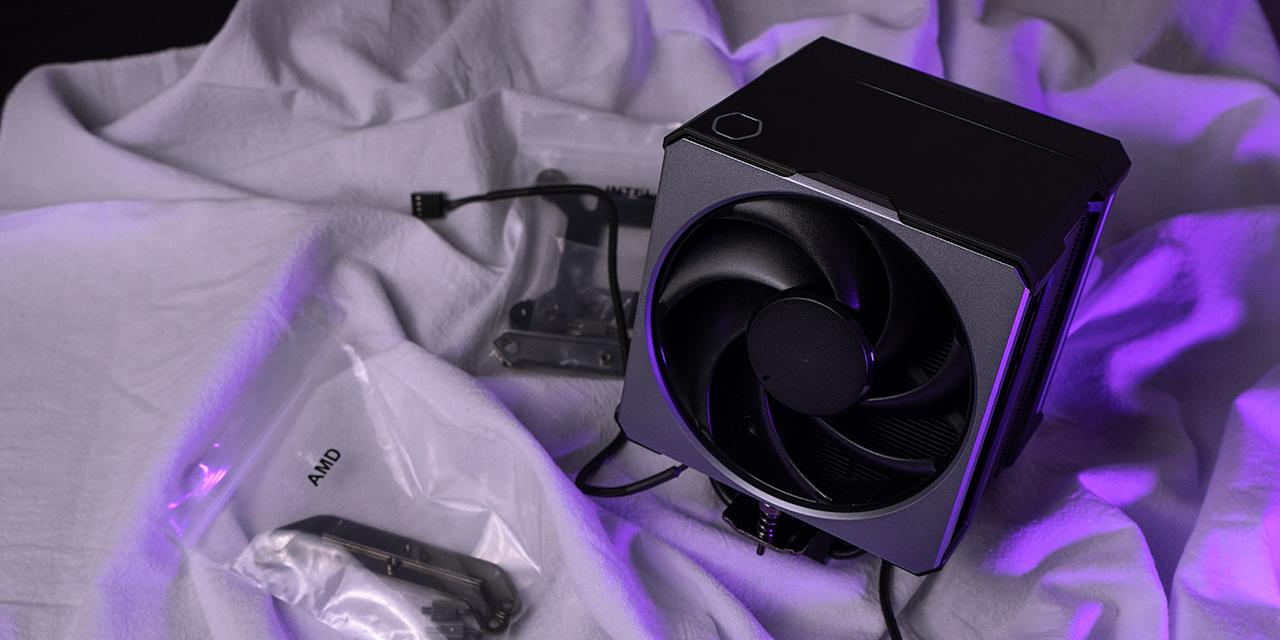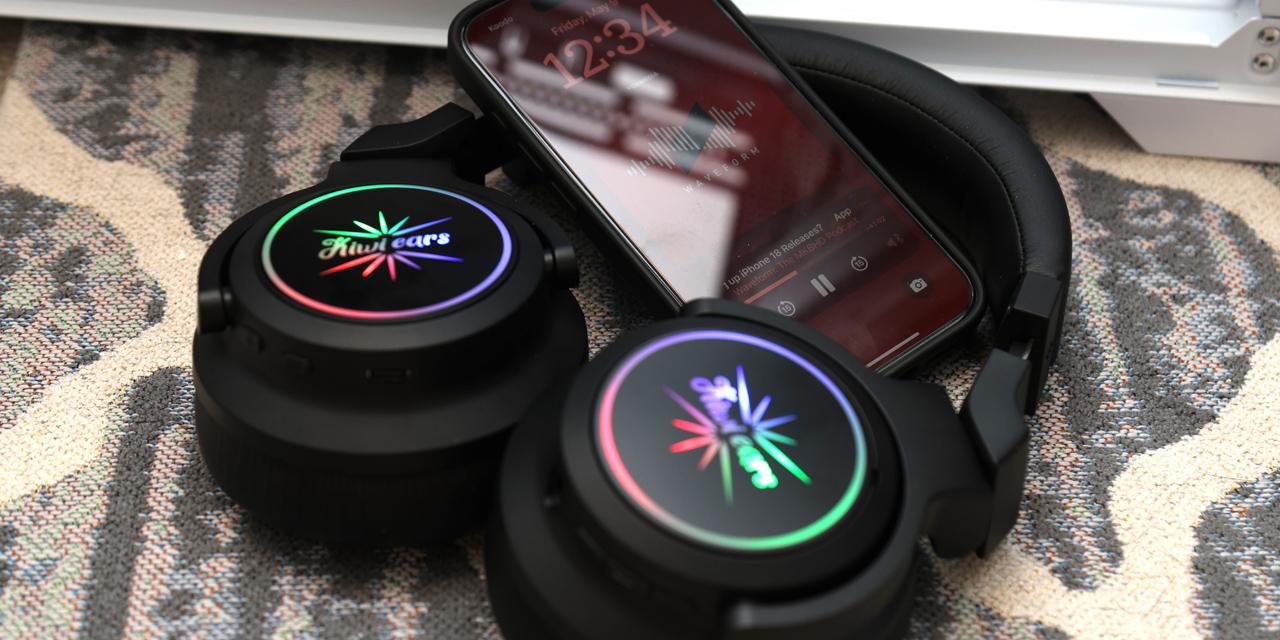Page 3 - Subjective Audio Analysis

Reviewing of a headset is by no means a simple task, simply because there is no universal rule of determining how good or bad audio equipment is. This is not to mention different people have different preferences of audio system tuning. Experience and training time are definitely expected when it comes to making a good judgment. I cannot say I am the final authority in reviewing audio products, neither would I pretend to be one. The goal is to honestly comment on how I feel about the GAMDIAS HEBE M1 RGB as an individual. I believe there is a term for this behavior at APH Networks -- subjective tests. Yes, it is subjective, such that there will be no figures, diagrams, tables, or any other scientific tools to back me up. Everything will be based on my own perception, which I believe is what most of the customers care about when purchasing a product. Due to my respect to our APH Networks regulations and requirements, I will put the GAMDIAS HEBE M1 RGB through a series of subjective tests to evaluate its performance. All the comments of the test results will be made based on the comparisons between the review unit and the V-MODA Crossfade M-100. It is important to point out I am not directly comparing the two headsets; but rather, I am using the second as a baseline reference. Since this unit is designed to rely on USB for data and power transmission, all the tests were performed by plugging the headset directly to the computer through USB interface. The official driver is also installed on the computer as recommended by GAMDIAS.
The review headset was first plugged in and broken-in for about 20 hours before the actual tests were conducted. All tracks were uncompressed CDs, FLAC, or LAME encoded MP3s at 192 kbps or higher. The games I used for testing this gaming headset were Counter-Strike 1.6, Call of Duty: Modern Warfare 3, and Need for Speed: Carbon. The first two games were first-person shooters, which required high precision in terms of locating the enemies and team mates through listening to footsteps and gun firing. The third one was a car racing game, from which I was expecting realistic engine sounds.
When I first saw the GAMDIAS HEBE M1 RGB, the oversized earcup design really gave me the impression of high power. As a gaming headset, having a high powered bass is a must. The bass of this product was definitely deep, but lacked a bit of substance. For enjoying music, I found the bass was a little bit boomy and muffled. If you are looking for something punchy, the HEBE M1 RGB may let you down. In some tests, the bass was hollow instead of being punchy. The power at the low frequency part was not high enough to make an impact. For gaming, I did not experience an "ear shaking" bass performance, although in FPS games, the footsteps and explosions were reasonably presented. The GAMDIAS HEBE M1 RGB does have a vibration function to boost up the bass performance, which is helpful when you want to hear a shocking explosion or engine idling sounds in games. However, static noise can also be heard when activating the vibration mode, which is very annoying. For enjoying music, unless you do not mind having some extra noise, there is no reason to turn vibration on.
Moving to the midrange, the overall impression for me was reasonably clear and warm. It had medium saturation and it was reasonably natural. However, during the music tests, I found the upper midrange was a little bit unclear. In some tests, the guitar and cymbal sounded unnatural. In gaming tests, the midrange related sounds, such as the gun reloading, vehicles, and even the background music were all nicely presented. The unclear part of the upper midrange noticed in the music tests was not a big deal in the gaming tests. After all, the GAMDIAS HEBE M1 RGB is a gaming headset, and it is not optimized for listening to music.
The treble of the GAMDIAS HEBE M1 RGB sounded pretty awesome in the gaming tests. In the test for Need for Speed Carbon, the high frequency of the turbo engine sound was nicely presented in a sharp and bright manner. Even though treble is not as important as the bass for a gaming headset, it is still nice to have a sharp high frequency band. Obviously, a nice turbine sound is very important in racing games. On the other hand, for the music tests, the HEBE M1 RGB sounded a little bit clashy, unclear, and dry. Once again, while the GAMDIAS may not possess great qualities for music, it fits the bill for gaming circumstances.
Considering all the frequency bands together, the GAMDIAS HEBE M1 RGB headset performed well in the tests. The frequency separation was reasonably clean and clearly defined in gaming. The detail between each layer of frequency band can be heard to some extent, but transitions between layers were rough at times. It is worth mentioning once you have installed the HERA software, the frequency distribution can be adjusted according to the user’s preference through the equalizer.
As a headset aimed at a gaming market, soundstaging and imaging performance are important. In my opinion, it is not fair to ask for a headset alone to provide any sort of virtual environment. In other words, the signal generated by the game itself also plays an important role. This is because the information needed for the soundstaging function is generated based on the relative position of the virtual listener, the sound source, and the environment in a game. The headset, or any other audio equipment, is just to reproduce the sound by converting the signal from game to sound waves. The HEBE M1 RGB supports 7.1 virtual surround sound, which can improve imaging for the games that have the matching signal generating capability at the expense of natural soundstaging characteristics. During my gaming tests, other players’ positions could be predicted through footsteps in Counter-Strike 1.6, while in Call of Duty Modern Warfare 3, things such as explosions could be pinpointed pretty well.
Now let us talk about the overall user experience. Noise cancellation of the GAMDIAS HEBE M1 RGB was solid during my tests. The oversized earcup design could cover my ears and the foam padding provided excellent sealing. After I put on the headset, I found the steel headband arm could firmly press the earcups to my head, which helped a lot in terms of noise cancellation. In terms of support, the HEBE M1 RGB uses a flexible tension band underneath the headband arm to hold the headset in position. Personally, I like this kind of setting instead of using an adjustable headband arm due to its simplicity. For a gaming headset, sound leaking is not a problem, unless you have a really sensitive neighbor when you are studying in the library. For a headset with 50 mm driver diameter and plastic earcups, it is hard to say the HEBE M1 RGB is always quiet for all the people around you. However, the microphone performance is crucial for a gaming headset, since you may need it in team games. In this case, the GAMDIAS has a unidirectional and flexible microphone. The voice pickup sensor can be adjusted to your liking. Furthermore, the wired remote controller is really handy for volume, LED control, microphone mute, and vibration control. The overall user experience was good during the tests. The only concern was the thick wire and the big controller. This cable got in the way a few times when I was moving about.
Generally speaking, the GAMDIAS HEBE M1 RGB is reasonably good performing for the price. There are some imperfections such as the lack of punchy bass and unclear upper midrange, but overall the performance is satisfying for a gaming product. Therefore, we can safely say this product is reasonably normal for a gaming headset. This product also delivers good directional information for FPS games. In terms of general user experience, the oversized earcup design, solid metal headband arm, and foam padding provide good noise cancellation.
Page Index
1. Introduction, Packaging, Specifications
2. A Closer Look - Hardware and Software
3. Subjective Audio Analysis
4. Conclusion





